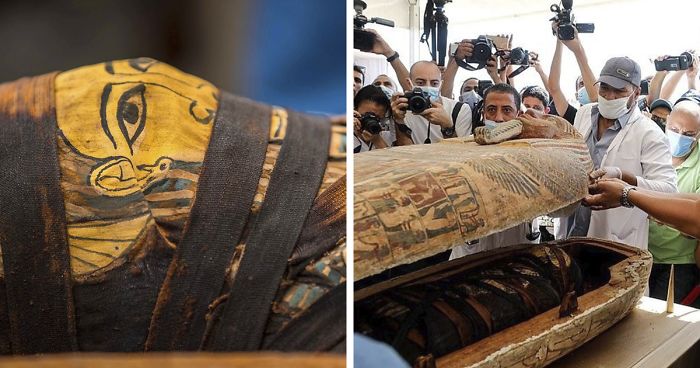
Egyptian Archaeologists Unseal A 2,500-Year-Old Sarcophagus And Cause The Internet To Freak Out
2020 has been a scary year so far: we’ve had everything from Apocalyptic fires and a pandemic to social unrest and a close call with WW3. Now, archeologists in Egypt have unsealed the first of 59 wooden sarcophagi that date to around 2,500 years ago. Understandably, the internet is losing its mind and freaking out (just a tad) about how 2020 is not the year to do that.
The first coffin, containing an ancient mummy, was cracked open in front of a live audience, including foreign dignitaries and members of the media. Egypt’s Minister of Tourism and Antiquities, Dr. Khaled El-Enany, praised his colleagues for not letting Covid-19 stop them from unearthing the secrets of the Ancient World. The sarcophagi will be taken to the Grand Egyptian Museum where they will be displayed to the public. All jokes aside, this is a huge historical moment and it’s reminding me why I love history so much. Personally, I’m jealous of anyone who will have the opportunity to see the sarcophagi in person. In the meantime, scroll on down and see how people reacted to the first coffin being opened.
To learn more about the latest discoveries in Egypt, Bored Panda reached out to Dr. Huw Twiston Davies, an Egyptologist lecturing at the University of Manchester. Huw was at Saqqara last spring as part of one of the excavations, so he has firsthand knowledge of the area. He was kind enough to tell us more about the latest finds and to give us some context about the Saqqara plateau, a site of religious significance for millennia, that served as the necropolis of the ancient city of Memphis for almost 3,000 years.
Archeologists found 59 colored wooden sarcophagi in the Saqqara Necropolis
Image credits: Ministry of Tourism and Antiquities
Image credits: Ministry of Tourism and Antiquities
Image credits: VisuallySt
Egyptologist Huw was at Saqqara as part of a different expedition, the Leiden-Turin excavations there, and is currently working on a research project at Leiden University about them. These excavations started back in the 1970s and the project is titled The Walking Dead at Saqqara: The Making of a Cultural Geography. (Not going to lie, that name is absolutely amazing.) Naturally, the latest finds and the unsealing of the first sarcophagus are very important for Huw as a fellow researcher and someone who has been to Saqqara.
“The find of 59 sarcophagi in the area of the sanctuary of Bastet tells us that people wanted to buried in this area of Saqqara in the 26th Dynasty, too, as they had in earlier periods. This corroborates evidence for the continuing importance of Saqqara at this period as both a burial-place and a place of religious worship by the living,” Huw told Bored Panda.
“The find shows that Saqqara was still very active as a burial place in the Late Period (c. 664-332 BCE), and corroborates the recent findings near the Pyramid of Unas of a late mummification workshop and network of burials by a German-Egyptian team lead by Dr. Ramadan Hussein of the University of Tübingen. This find is also a great reminder that there is still so much we don’t know about ancient Egypt, and so much still to be found, and even more importantly, to be understood.”
They cracked open the first coffin in front of a live audience
Image credits: VisuallySt
Image credits: VisuallySt
Image credits: VisuallySt
Huw explained that Saqqara has a rich history as a holy place for the ancient Egyptians and went into detail about the area, the gods worshipped there, and the monuments that towered over the landscape.
“In the Pharaonic period, it was particularly sacred to the ancient god Sokar, and would have been a popular site of worship during the festival of this god. Many other gods were worshipped at Saqqara, however, including the god of Memphis, Ptah, and the local form of the goddess Hathor, known at Saqqara as the ‘Lady of the Sycamore,’” the Egyptologist explained.
The very earliest burials at Saqqara date back to the beginnings of what historians recognize as the Pharaonic Egyptian civilization.
“Major building work was carried out at the site from the second dynasty (c. 2890-2686 BCE), during which a huge network of catacombs was excavated under the plateau as a burial monument.”
Image credits: Ministry of Tourism and Antiquities
Image credits: Ministry of Tourism and Antiquities
Image credits: Ministry of Tourism and Antiquities
Huw continued: “By far the most imposing element of the local landscape is the step pyramid of Djoser, built during the Third Dynasty in the 2600s BCE. This monument continued to dominate the local landscape over thousands of years of subsequent religious activity at the site, whether the burials of later kings and nobles of the Old Kingdom, the construction of monumental tombs south of Djoser’s pyramid and near the sanctuary of Bubastis during the New Kingdom, more than a thousand years after the pyramid was built, the construction of animal cemeteries during the Late and Graeco-Roman periods, or the use of the site for a Coptic monastery in the late antique and early medieval period.”
Image credits: Ministry of Tourism and Antiquities
Image credits: Ministry of Tourism and Antiquities
However, the Egyptologist pointed out that Saqqara wasn’t just a landscape for the dead. It’s known that it would have been filled with the living: people visiting the tombs of their ancestors or the “famous dead,” as well as those visiting various temples to gods and sanctuaries in the region.
One such place would have been the temple to the divine Apis bull, now called the Serapeum. “At festival times, the processions to and from the temples continued to attract huge crowds of people down to the Graeco-Roman period, and during these festivals, people would also visit the tombs at the site,” Huw explained.
He added that all of this religious activity over an incredibly long period of time made Saqqara an ideal place to study Egyptian religion for the Walking Dead research project. “[The project] aims to understand the ways individuals and groups adapted their religious activity to the site, and the site to their religious activity, over time,” Huw told us more about the research he’s working on.
Here’s a video of the sarcophagus being opened
The mummy tomb, which has been sealed for 2500 years, has been opened for the first time. pic.twitter.com/KWGT95girv
— Psychedelic Art (@VisuallySt) October 5, 2020
Image credits: VisuallySt
The dig, during which the 59 sarcophagi were found, was launched amid the 11 pyramids of Saqqara in 2018 and yielded great results. The wooden coffins were found inside 10-12 meter deep burial wells in the Saqqara Necropolis.
The sarcophagi were found in good condition: they still have their original colors. The coffins most likely belonged to priests and other members of high standing society.
However, they weren’t the only archeological finds of note during the expedition: researchers also found various statues and sculptures. Previously, members of the dig found mummified lions, cats, cobras, and crocodiles, according to the New York Post.
Now, if you’ll excuse me, I’m off to rewatch ‘The Mummy’ movies for pointers and look at rowing boat prices (mummies can’t swim, right?). Just in case.
And here’s how some people reacted to archeologists cracking open ancient coffins while it’s still 2020
Image credits: CaliConserv1
Image credits: MyrddinLeFay
Image credits: FlorkOfCows
Image credits: Bebe_Bankss
Image credits: zkanSheol
Image credits: Digital_Mozart
Image credits: VaughnSmarsh
Image credits: HNSeal2
Image credits: convictedloner
Image credits: Corbit_THFC
i agree with those comments especially the one saying " Only open under strictly controlled conditions both for the mummy and us"
Very risky doing that in a room full of people, little masks and those with masks have them pulled down past their nose. Not concerned at all about the 2500 year old air inside with who knows what particles modern humans have never come in contact with
Frankly, I am not an expert, but would you not do that – if you need to do it – in a temperature and humidty controlled environment with one professional cameraperson instead of a bunch of freaking out journalists?
Considering that this is the country where museum workers knocked over King Tut's mask, breaking off his beard then went and used superglue to stick it back on, I'd say, yes, that is exactly what they should be doing.
Load More Replies...i agree with those comments especially the one saying " Only open under strictly controlled conditions both for the mummy and us"
Very risky doing that in a room full of people, little masks and those with masks have them pulled down past their nose. Not concerned at all about the 2500 year old air inside with who knows what particles modern humans have never come in contact with
Frankly, I am not an expert, but would you not do that – if you need to do it – in a temperature and humidty controlled environment with one professional cameraperson instead of a bunch of freaking out journalists?
Considering that this is the country where museum workers knocked over King Tut's mask, breaking off his beard then went and used superglue to stick it back on, I'd say, yes, that is exactly what they should be doing.
Load More Replies...
 Dark Mode
Dark Mode 

 No fees, cancel anytime
No fees, cancel anytime 






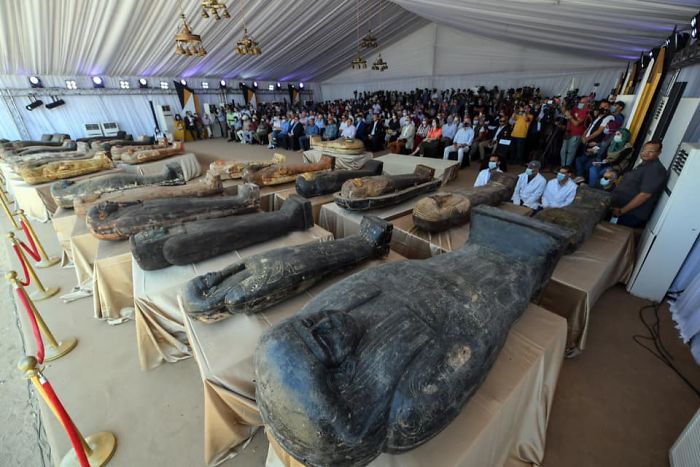
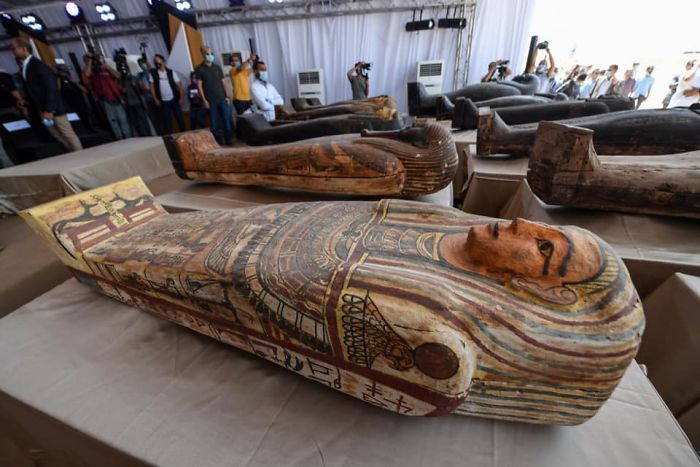
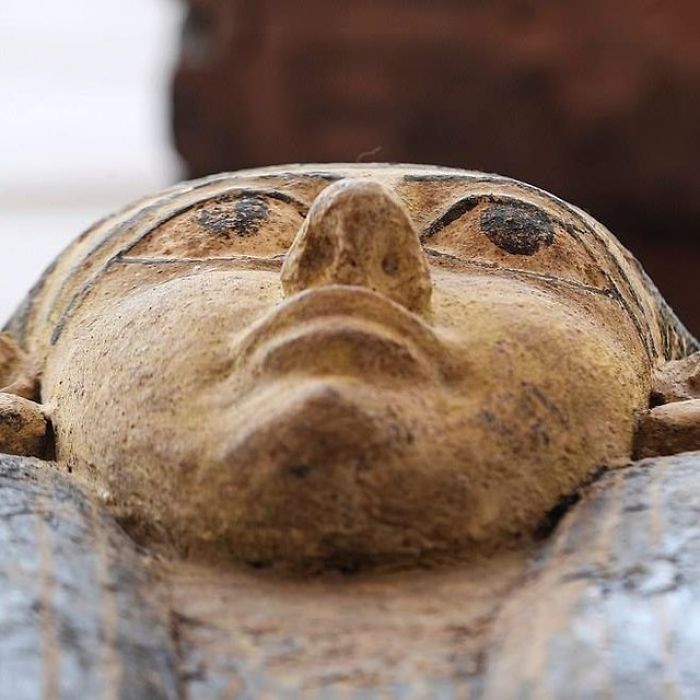
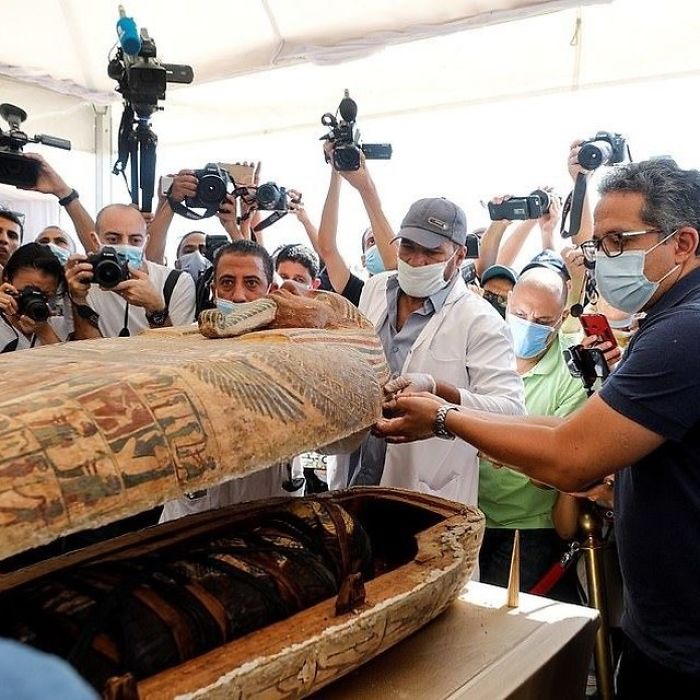

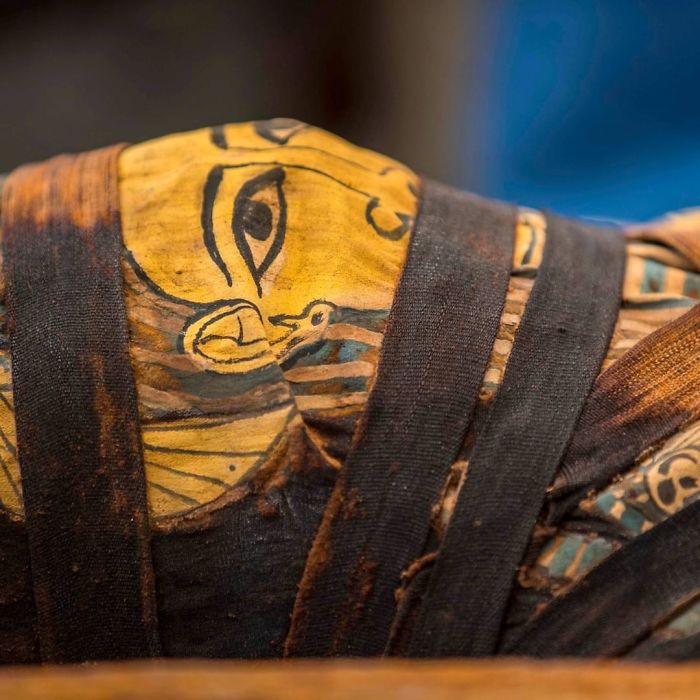
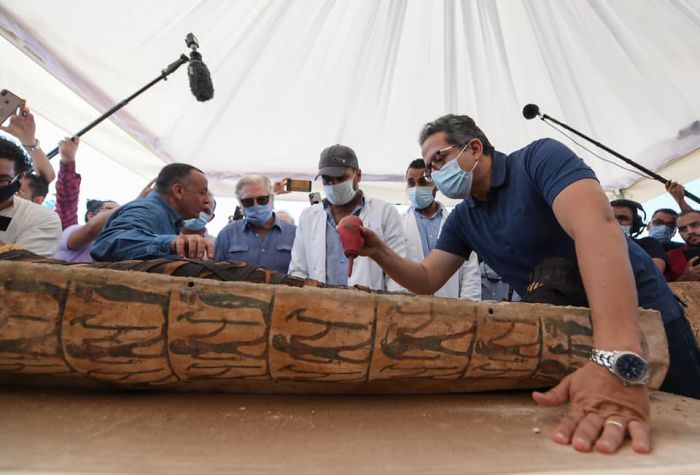
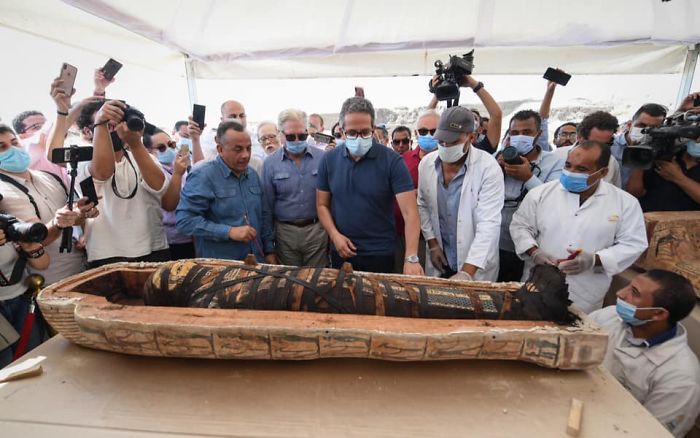
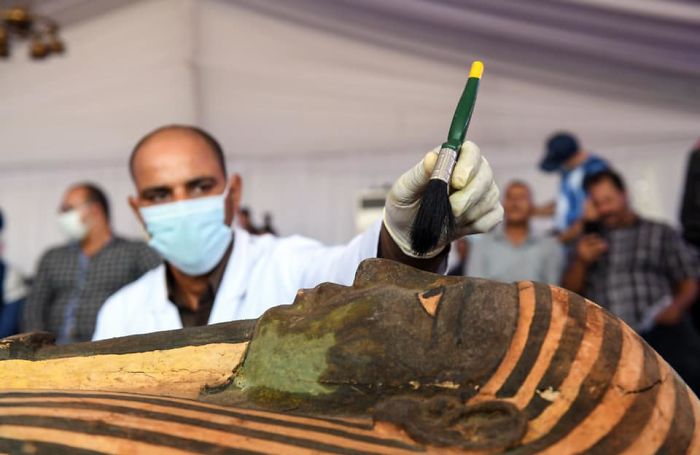
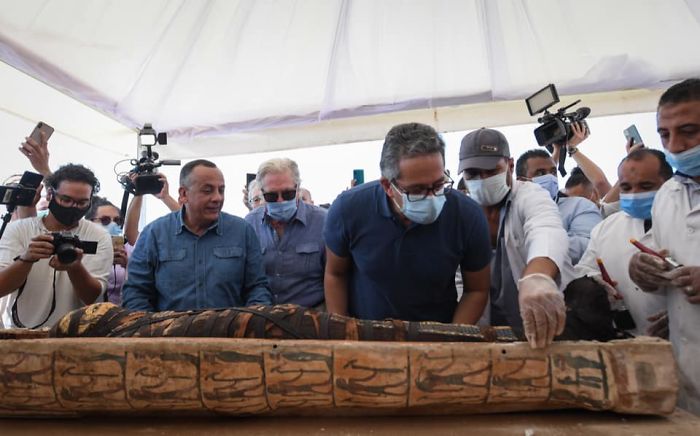
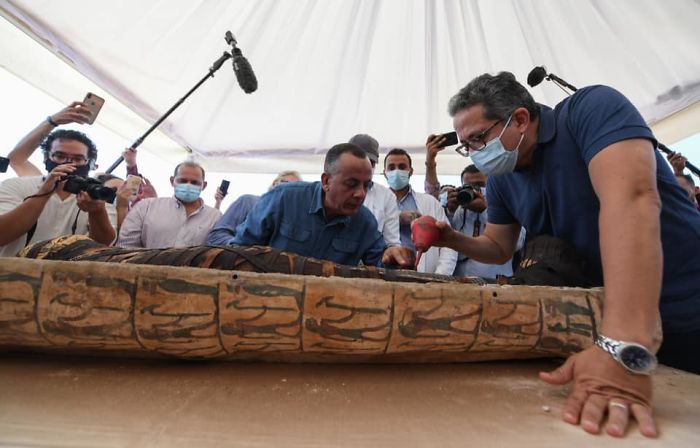
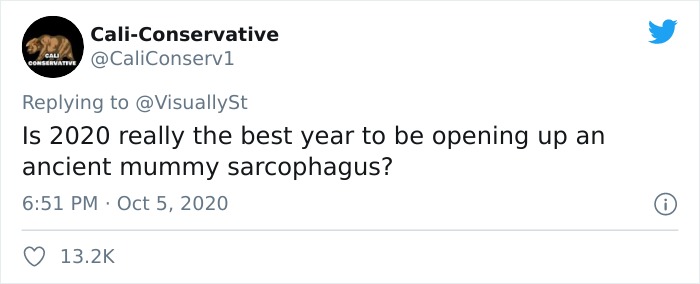
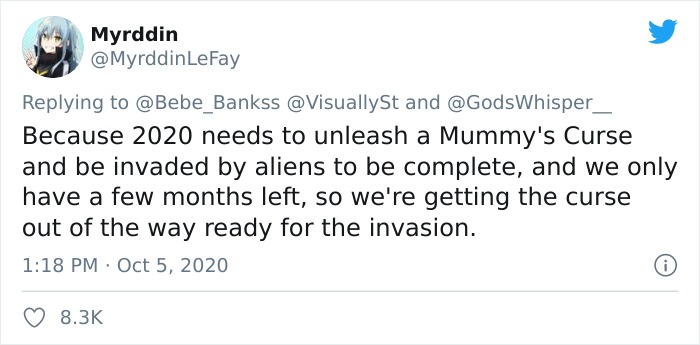
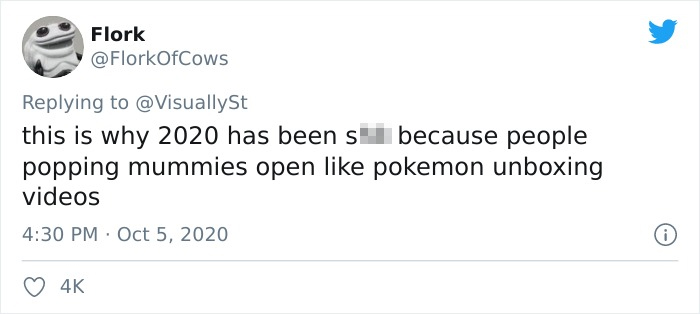
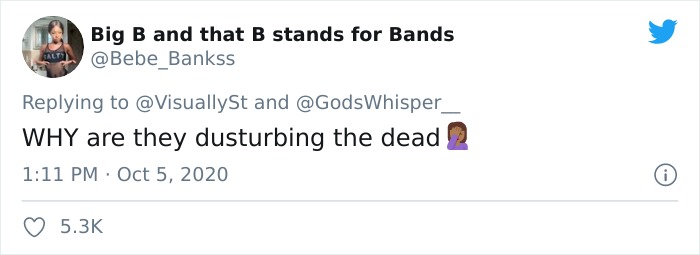

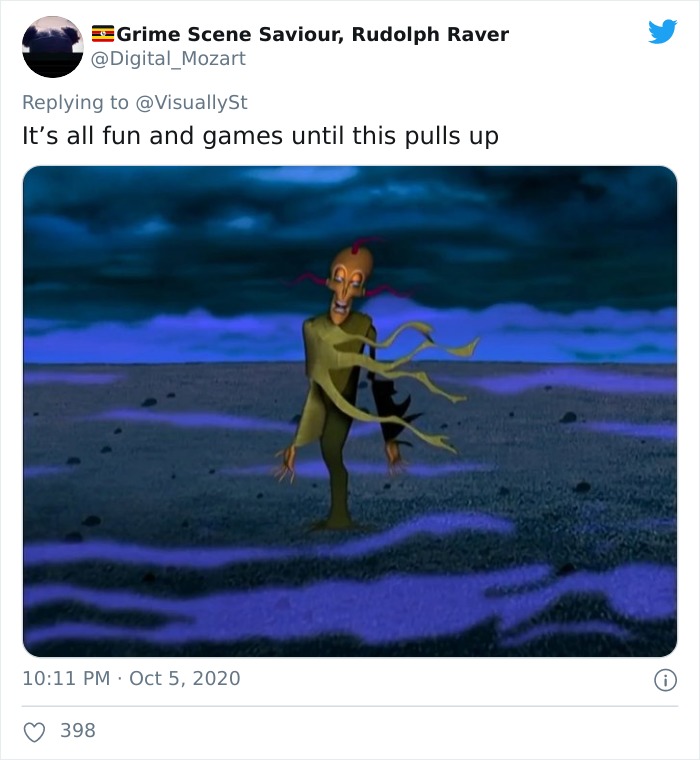

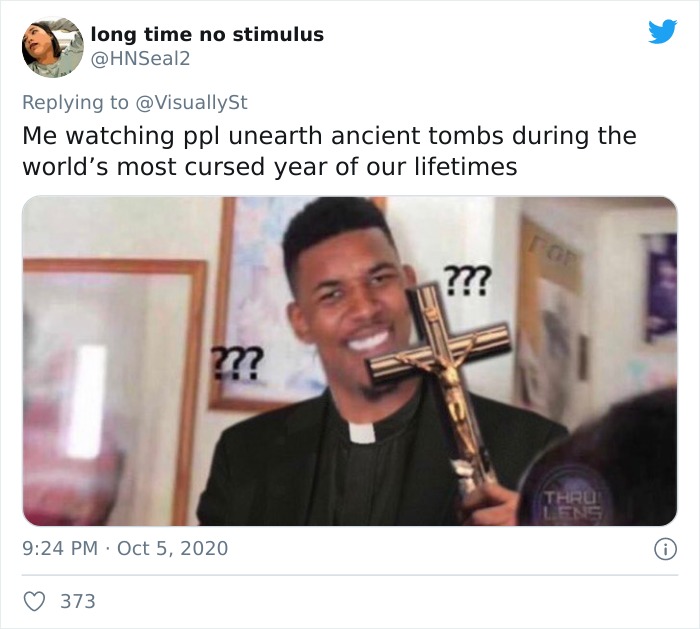














































215
123